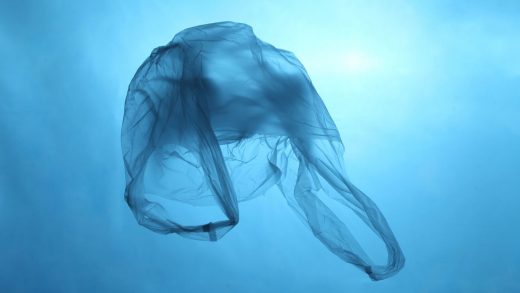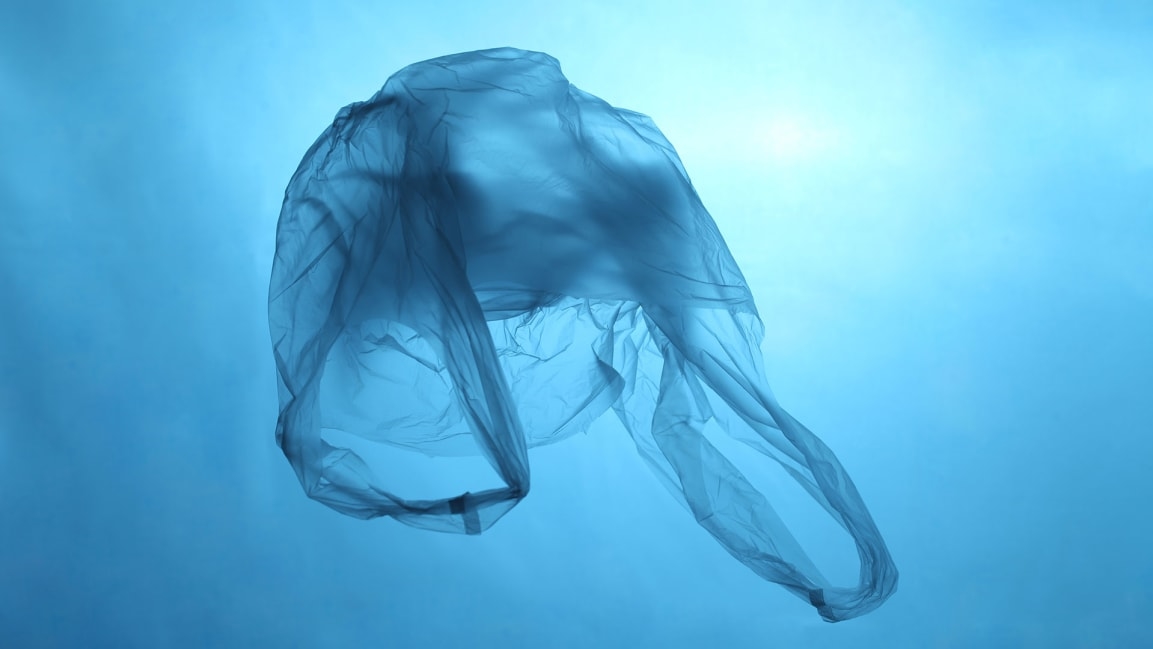Marine life thrives on the Great Pacific Garbage Patch, scientists find
Sea life is determined to live, scientists found, as they have discovered dozens of marine species flourishing in the furthest reaches of the ocean, even amongst the heaping trash piles of the Great Pacific Garbage Patch.
The garbage patch is an enormous gyre of debris roughly twice the size of Texas state, whirled into shape by the water currents of the Northern Pacific. It’s also called the Pacific trash vortex. The world has five such masses. This specific one—the largest of them all—was first documented around 1997, when a sailing yachtsman spotted a tangle of plastics, bottles, and fishing nets floating by.
Desolate as that may seem, new findings suggest marine species are colonizing these mountainous trash lands—in a recent paper, researchers recorded more than 40 coastal species clinging to the flotsam, including mussels, barnacles, shrimp-like amphipods, crabs, stars, and sponges. “It’s almost like a new island has emerged,” Greg Ruiz, a Smithsonian Environmental Research Center scientist, told NBC News, noting that it “represents a paradigm shift of what we thought was possible.”
In the past, scientists observed that coastal species could journey out to the high seas atop floating logs or driftwood, but once those organic materials dissolved, the species would be stranded in the middle of nowhere with no way to survive. The plastics of the garbage patch, however, offer a lifeline of sorts, serving as a water-insoluble campground for plants and animals. More surprisingly, researchers found that coastal species—which are typically accustomed to more food-rich shorelines than the wide open ocean—could still forage for nutrients in the remote waters of their trash habitat. In short, they have bloomed.
This finding has shaken the foundations of marine ecosystems as we know them, casting doubt on existing beliefs that the longest stretches of the vast ocean were marine deserts unfit to sustain life. Such a revelation could have ripple effects within the ocean food web or the migrations of invasive species. Perhaps one day, coastal species could even feel more at home on a wandering plastic raft deep in the blue than by the edges of green earth. “The rate of evolutionary change could be quite rapid,” Ruiz told NBC News. “We don’t know the answer for the organisms in the garbage patch. Certainly the potential is there.”
(20)



